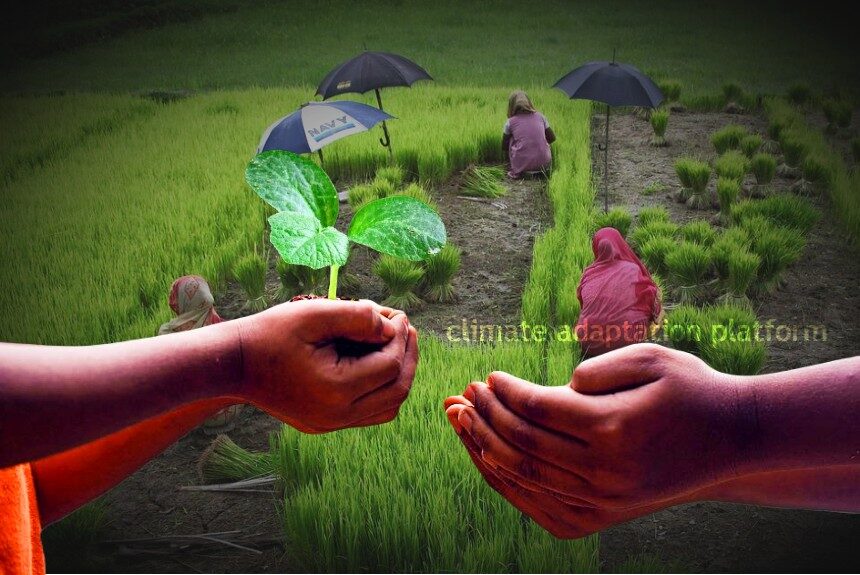Climate change is no longer a distant threat but a present reality impacting our planet. As global temperatures rise, extreme weather events become more frequent, and sea levels continue to rise, adaptation becomes crucial in mitigating the impacts of climate change. Here’s a comprehensive look at climate change adaptation strategies and their significance in navigating a changing world.
1. Building Resilient Infrastructure
Adapting infrastructure to withstand climate-related hazards is key. This includes designing buildings to withstand stronger storms, improving drainage systems to mitigate flooding, and implementing green infrastructure like rain gardens and permeable pavements to manage water runoff.
2. Protecting Coastal Communities
Rising sea levels pose a significant threat to coastal communities. Adaptation measures such as building seawalls, restoring coastal wetlands for natural protection, and relocating vulnerable communities away from high-risk areas are crucial for coastal resilience.
3. Enhancing Water Management
Climate change alters precipitation patterns, leading to water scarcity in some regions and increased flooding in others. Water management strategies such as rainwater harvesting, water conservation measures, and improved irrigation techniques help communities adapt to changing water availability.
4. Sustainable Agriculture Practices
Changing climatic conditions impact agriculture, affecting crop yields and food security. Implementing sustainable agricultural practices like crop diversification, soil conservation, and adopting drought-resistant crops helps farmers adapt to climate variability.
5. Promoting Ecosystem Conservation
Healthy ecosystems play a vital role in climate change adaptation. Protecting and restoring natural habitats like forests, wetlands, and mangroves not only sequesters carbon but also provides resilience against climate impacts such as erosion, floods, and biodiversity loss.
6. Climate-Resilient Communities
Empowering communities with knowledge, resources, and adaptive capacities is essential. This includes early warning systems for extreme weather events, community-based disaster preparedness plans, and education on climate-resilient practices.
7. Incorporating Climate Considerations in Policies
Governments and policymakers must integrate climate considerations into planning and decision-making processes. This includes climate-smart urban planning, land-use regulations that account for climate risks, and incentives for low-carbon technologies.
8. Global Collaboration and Funding
Climate change is a global challenge that requires collective action. International collaboration, financial support for adaptation projects in vulnerable regions, and technology transfer are crucial for building climate resilience worldwide.

In conclusion, climate change adaptation is not a choice but a necessity in safeguarding our communities, ecosystems, and economies from the impacts of a changing climate. By implementing adaptive measures at all levels and fostering global cooperation, we can navigate the challenges of climate change and build a more resilient future for generations to come.
Read some Climate Change Stories
Visit Our Blog Page
You’re so polished!
продвижение сайта в топ 10